Flipping the Classroom: How Software Is Redefining Learning in the Digital Age
In recent years—and especially spurred by the covid-19 pandemic—the way educators teach and students learn has been evolving rapidly. One of the more significant shifts is towards the flipped classroom model. This approach changes the traditional flow of lecture first, homework later; instead, students acquire foundational knowledge outside class, then use class time for deeper engagement. Software is now central to making this model feasible, scalable, and effective. Below, we explore in greater depth what flipped classrooms are, how software supports them, examples of tools, assessment strategies, challenges, best practices, and what to consider when adopting flipped learning in your context.
Understanding the Flipped Classroom Model
What is a flipped classroom?
In this model, students first encounter new material outside the classroom—through video lectures, readings, interactive modules, or other self-paced work. Class time is reserved for applying that knowledge: discussion, problem solving, group projects, peer learning. The idea is to move passive knowledge transfer (e.g. lectures) to the individual, freeing up in-person time for active learning.Why the shift?
Traditional models assume all students learn similarly, which rarely holds true. Some need more time to absorb lectures; others thrive with independent work. Flipped classrooms allow students to control pacing—pausing, replaying, or reviewing lectures as needed. Meanwhile, teachers can focus on guiding, coaching, and clarifying misunderstandings during class.
How Software Enables Flipped Classrooms
Software makes a big difference in what is possible in flipped learning—here’s how:
Video creation and hosting
Platforms such as Panopto, or integrated solutions within LMSs, allow educators to record lectures, annotate, embed quizzes, and host class materials. Students can watch, rewind, or pause as needed.Learning Management Systems (LMS)
LMS tools let teachers distribute readings, lectures, slides; track student progress; see which students have completed modules; and identify who might be lagging or confused. This provides insights that are hard to get with purely physical classroom setups.Interactive content tools
These include quiz-embedded videos, multimedia content, simulations, or interactive diagrams. Such tools make outside-of-class time more engaging; when students engage with content actively rather than passively, retention improves.Collaboration platforms
When in-class time is set aside for collaboration, discussion, group work, tools like discussion boards, shared documents, peer review platforms, chat tools, etc., become essential. They also support collaboration outside class hours, enabling student interaction in virtual study groups.
Assessment in Flipped Classrooms
To ensure flipped classrooms are effective, assessment must be thoughtfully designed:
Formative assessments
These are small quizzes, short writing tasks, or comprehension checks given before or during class. They let the teacher see what concepts students struggle with, so class time can be used to clarify.In-class assessments
Through group work, peer reviews, discussions, problem solving, teachers can assess understanding in real time. These activities give immediate feedback, help students engage more deeply, and allow teachers to adjust instruction on the fly.Summative assessments & project-based tasks
These include exams, essays, long projects, or presentations. They measure not only knowledge retention, but also ability to apply, analyze, synthesize, and create. Flipped learning often prepares students better for these deeper, creative tasks.
Examples of Software Tools
Here are some tools teachers commonly use in flipped classrooms, and what they bring to the table:
Canvas, Blackboard – robust LMS platforms; support assignments, discussion boards, grades, student progress tracking.
Kahoot – game-style quizzes that can be used for formative checks, engaging students with gamification.
Quizlet – flashcards, study tools; great for review and study outside class time.
ChalkTalk – offers tools from lesson planning to assessments; integrates with other platforms for progress tracking and content creation.
Best Practices & Practical Tips
Implementing flipped classrooms is not just about adopting software; it requires thoughtful planning and execution:
Choose or create engaging, high-quality content
Videos should be concise, well organized, possibly segmented into micro-lessons. Interactive elements help maintain attention.Provide guidance & scaffolding
Students new to flipped learning may struggle with time management or knowing how to study independently. Providing clear expectations and study guides helps.Ensure accessibility
Videos should have subtitles/transcripts; content should be usable across devices and for learners with different needs. Internet access might be variable for some students, so offline or low-bandwidth options help.Train teachers & facilitators
Instructors need support—technological, pedagogical, and logistical—to shift their role from primary lecturer to guide and coach.Monitor and iterate
Use data from LMS about completion rates, quiz results, student feedback. Review what works, what doesn’t; refine content and in-class activities accordingly.
Challenges & Things to Watch Out For
Even with the best intentions, flipped classrooms have pitfalls:
Digital divide & infrastructure issues
Not all students have stable internet or devices. Equity of access must be considered seriously.Overwhelming students outside class
If too much content is expected before class, students can feel burdened. Balancing outside preparation and classroom work is key.Quality control of content
Poorly made video lectures, confusing assignments, or misaligned pre-class content can reduce trust in the model.Teacher workload
Creating or curating content, monitoring student progress, revising lectures—all take time. Institutional support is necessary.
Conclusion & Core Benefits
When done well, flipped classrooms powered by good software can bring:
stronger student engagement
more personalized learning paths
better interaction and peer learning in class
more accurate and ongoing assessment
improved learning outcomes overall, as students move at their own pace outside class, and apply, synthesize, and collaborate in class.
If you’re an educator, administrator, or EdTech stakeholder looking to build or modernize tools that enable flipped learning—or want software that supports asynchronous content delivery, interactive assessments, or collaborative learning—contact Hireplicity. We’d be excited to help you design and deliver educational software solutions that put learners at the center and elevate outcomes.

